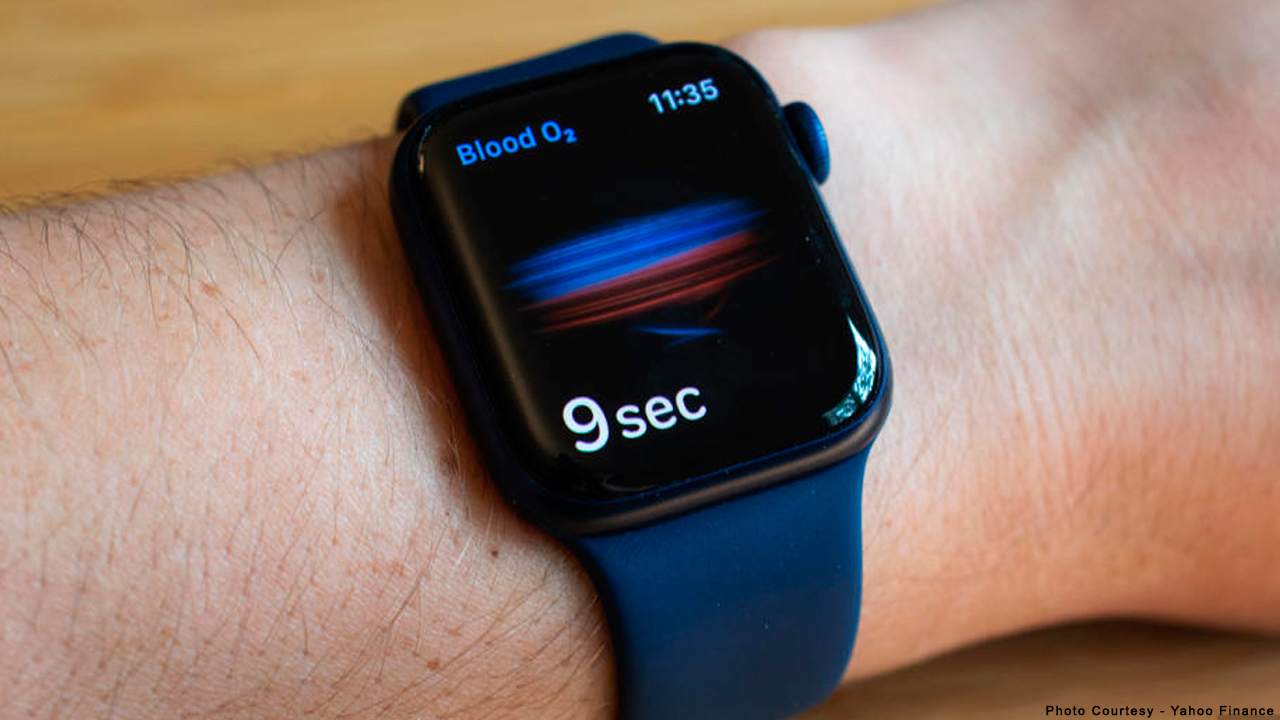Healthcare tracking devices are already in market that tracks heart rate, irregular heartbeats, blood oxygen levels, blood sugar. There are various blood sugar monitors in market for people with diabetes. They measure a person's blood sugar levels and assist medical professionals in determining if they require additional treatment. Some devices require individuals to regularly prick their fingers, while other only requires it for calibration purpose.
Apple Inc. has a project underway that is noninvasive and continuous blood glucose monitoring. The ultimate goal is to integrate the monitoring system into the Apple Watch, which would turn it into a necessity for millions of diabetics worldwide.
There are still years of work ahead; the decision has the potential to completely alter a multibillion-dollar business. Most people rely on devices that prick the skin for a blood sample. Apple is taking a different approach, using a chip technology known as silicon photonics and a measurement process called optical absorption spectroscopy.
The system uses lasers to emit specific wavelengths of light into an area below the skin where there is interstitial fluid substances that leak out of capillaries that can be absorbed by glucose. The light is then reflected back to the sensor in a way that indicates the concentration of glucose. An algorithm then determines a person’s blood glucose level.
The Apple watch is slowly becoming more of a health tool. The initial model, released in 2015, had a heart-rate sensor but was primarily focused on measuring fitness. This device can take electrocardiograms or ECG's from the wrist in 2018, It also can sense body temperature and calculate blood oxygen levels.
4 best blood sugar monitors
- Best smart phone compatibility: Dexcom G6 CGM System
- Best rechargeable transmitter: The Guardian Connect System
- Best for a small budget: FreeStyle Libre 2 System
- Best long-lasting sensors: Eversense CGM

 Apple has come a long way in making its devices more healthcare-friendly, and this new project for measuring blood sugar will add value and become an essential item for many diabetics.
Apple has come a long way in making its devices more healthcare-friendly, and this new project for measuring blood sugar will add value and become an essential item for many diabetics. 









.jpeg)

.jpg)


















.jpg)